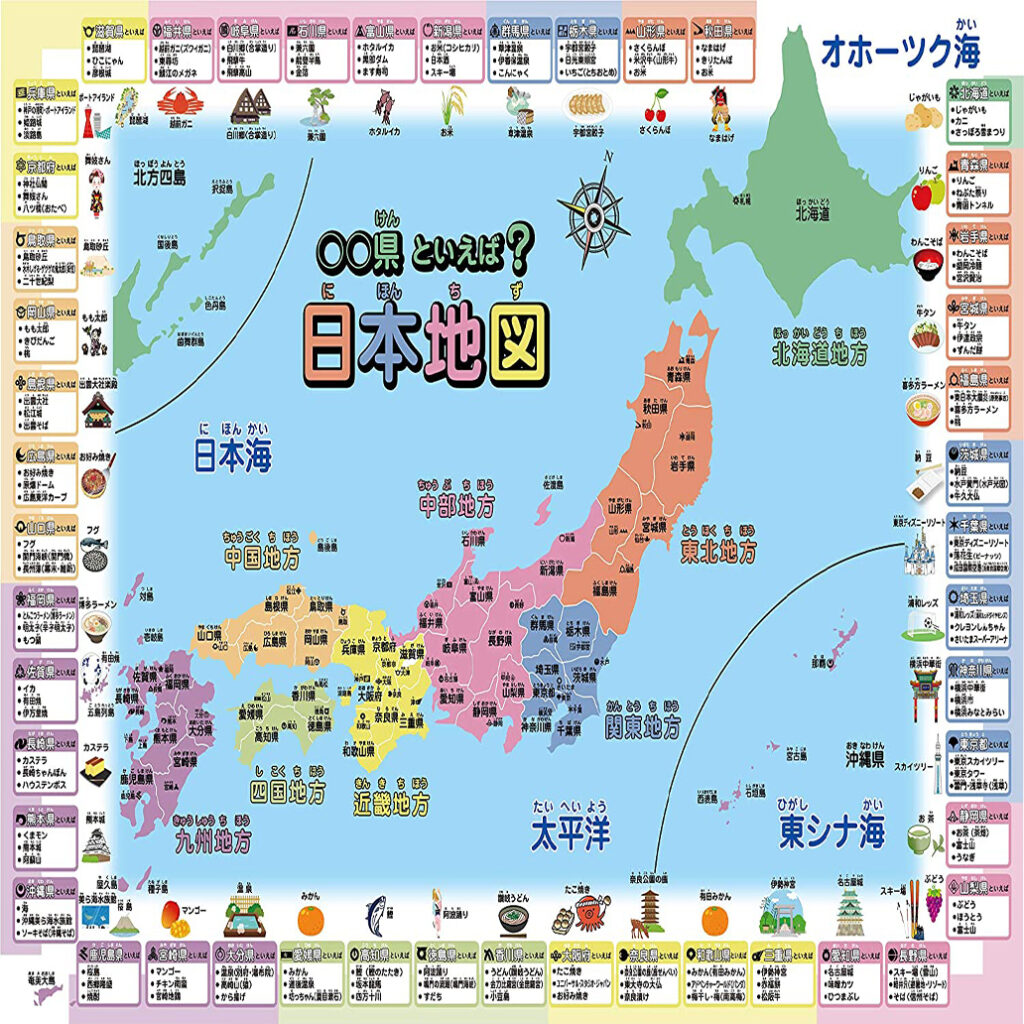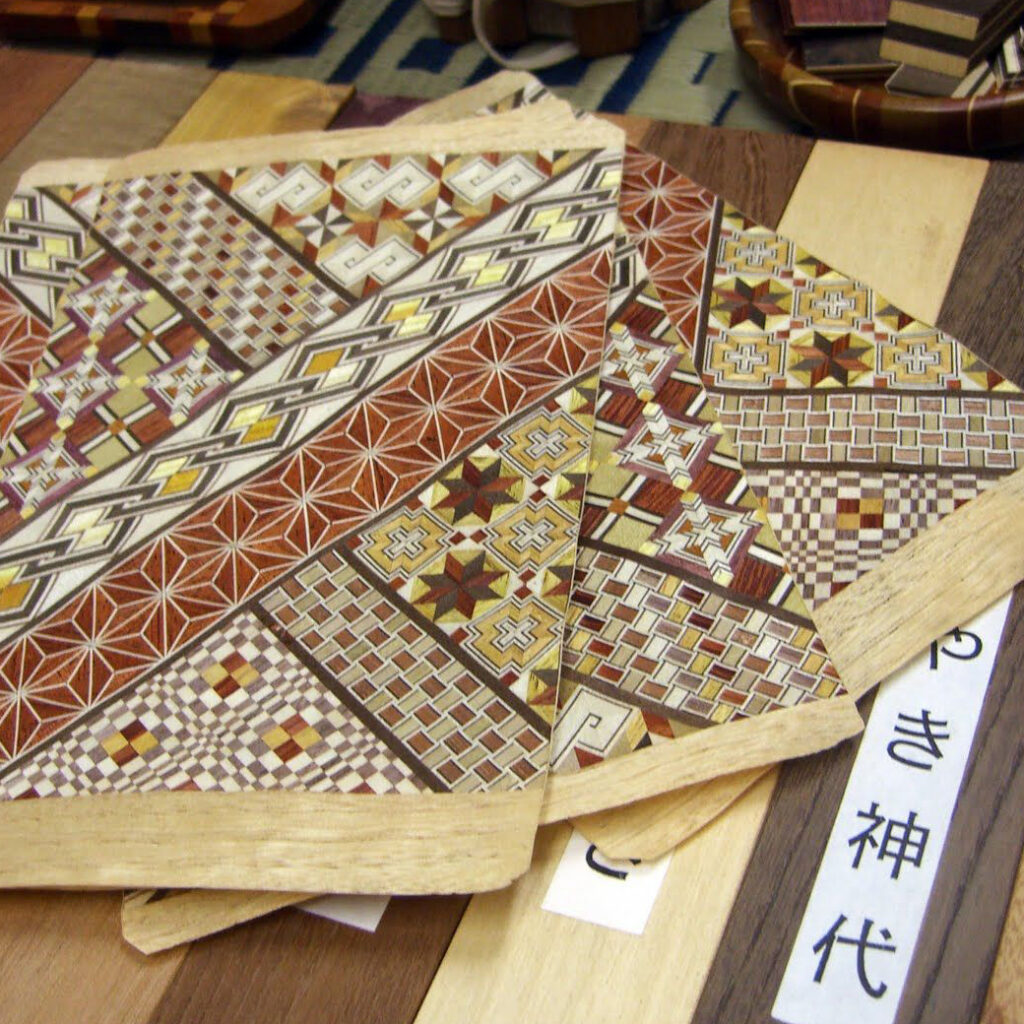In Japan, prefectures are administrative divisions similar to states or provinces in other countries. There are currently 47 prefectures in Japan, each with its own government and administrative system.
The government of each prefecture is headed by an elected governor, who acts as the local chief executive. The governor is assisted by a prefectural council, which is composed of elected and appointed members. Together, the governor and the prefectural council are responsible for the management of the prefecture, including urban planning, education, public health and public safety.
Prefectures are also responsible for the administration of local services such as schools, hospitals and courts. Each prefecture also has its own tax system, with local taxes and levies collected to support public services in the area.
In addition, prefectures have a close working relationship with Japan’s central government, including the allocation of funds and coordination of public policy. Prefectural governors meet regularly to discuss regional and national issues, and work together to solve common problems.
Each prefecture also has its own cultural and geographic peculiarities, with marked differences in local dialects, traditions and industries. Prefectural governors and administrations often work to promote their region’s assets to attract visitors and investment, and stimulate local economic growth.
| (01) Hokkaidō (北海道) (territory) | (02) Aomori (青森) | (03) Iwate (岩手) |
| (04) Miyagi (宮城) | (05) Akita (秋田) | (06) Yamagata (山形) |
| (07) Fukushima (福島) | (08) Ibaraki (茨城) | (09) Tochigi (栃木) |
| (10) Gunma (群馬) | (11) Saitama (埼玉) | (12) Chiba (千葉) |
| (13) Tokyo (東京, metropolis) | (14) Kanagawa (神奈川) | (15) Niigata (新潟) |
| (16) Toyama (富山) | (17) Ishikawa (石川) | (18) Fukui (福井) |
| (19) Yamanashi (山梨) | (20) Nagano (長野) | (21) Gifu (岐阜) |
| (22) Shizuoka (静岡) | (23) Aichi (愛知) | (24) Mie (三重) |
| (25) Shiga (滋賀) | (26) Kyōto (京都, city) | (27) Ōsaka (大阪, city) |
| (28) Hyōgo (兵庫) | (29) Nara (奈良) | (30) Wakayama (和歌山) |
| (31) Tottori (鳥取) | (32) Shimane (島根) | (33) Okayama (岡山) |
| (34) Hiroshima (広島) | (35) Yamaguchi (山口) | (36) Tokushima (徳島) |
| (37) Kagawa (香川) | (38) Ehime (愛媛) | (39) Kōchi (高知) |
| (40) Fukuoka (福岡) | (41) Saga (佐賀) | (42) Nagasaki (長崎) |
| (43) Kumamoto (熊本) | (44) Ōita (大分) | (45) Miyazaki (宮崎) |
| (46) Kagoshima (鹿児島) | (47) Okinawa (沖縄) |
Some special features:
Hokkaidō Island being a prefecture in its own right is divided into sub-prefectures.
The city of Tokyo being a full-fledged prefecture is divided into 23 districts with the status of urban municipalities.
Osaka and Kyoto prefectures are organized as urban municipalities.



